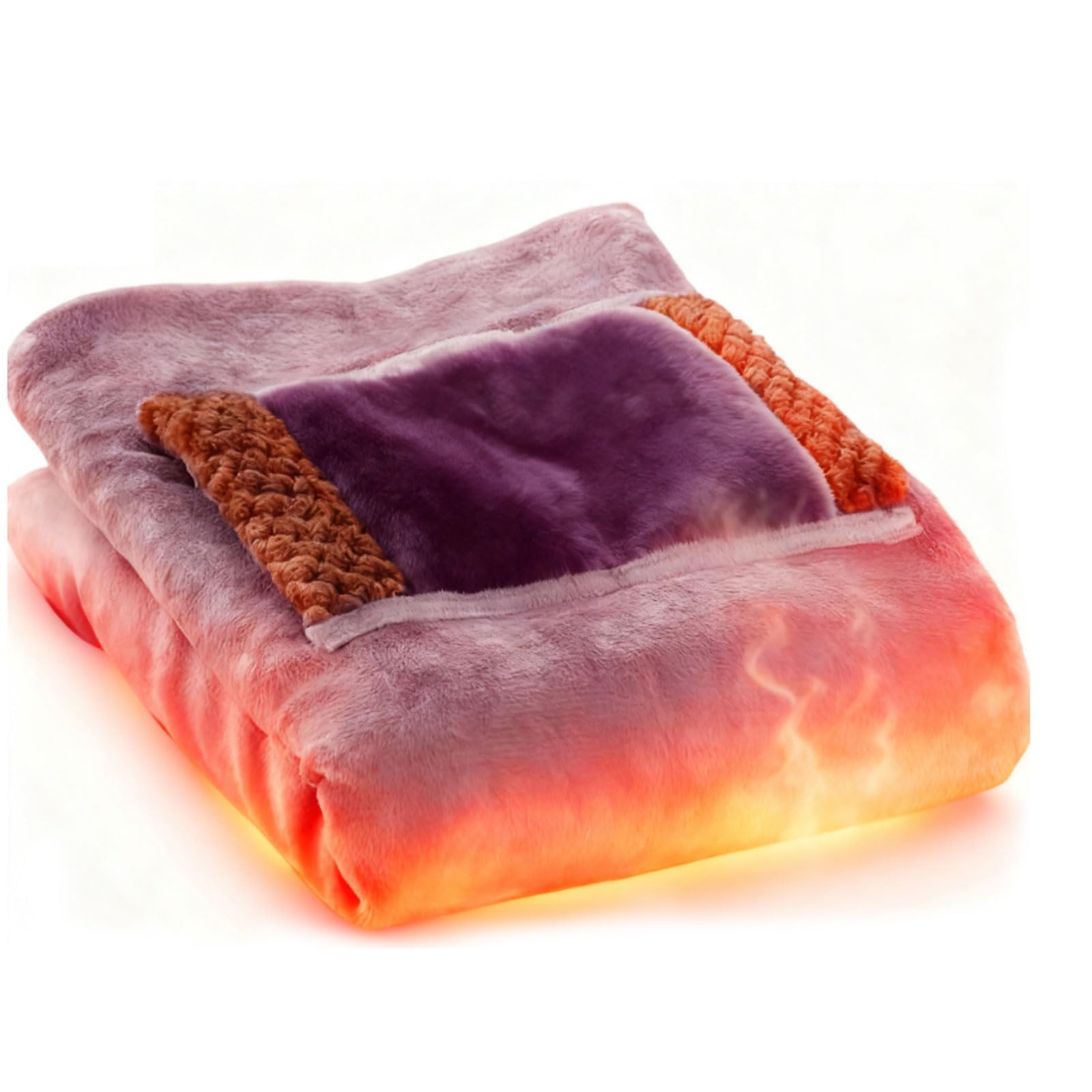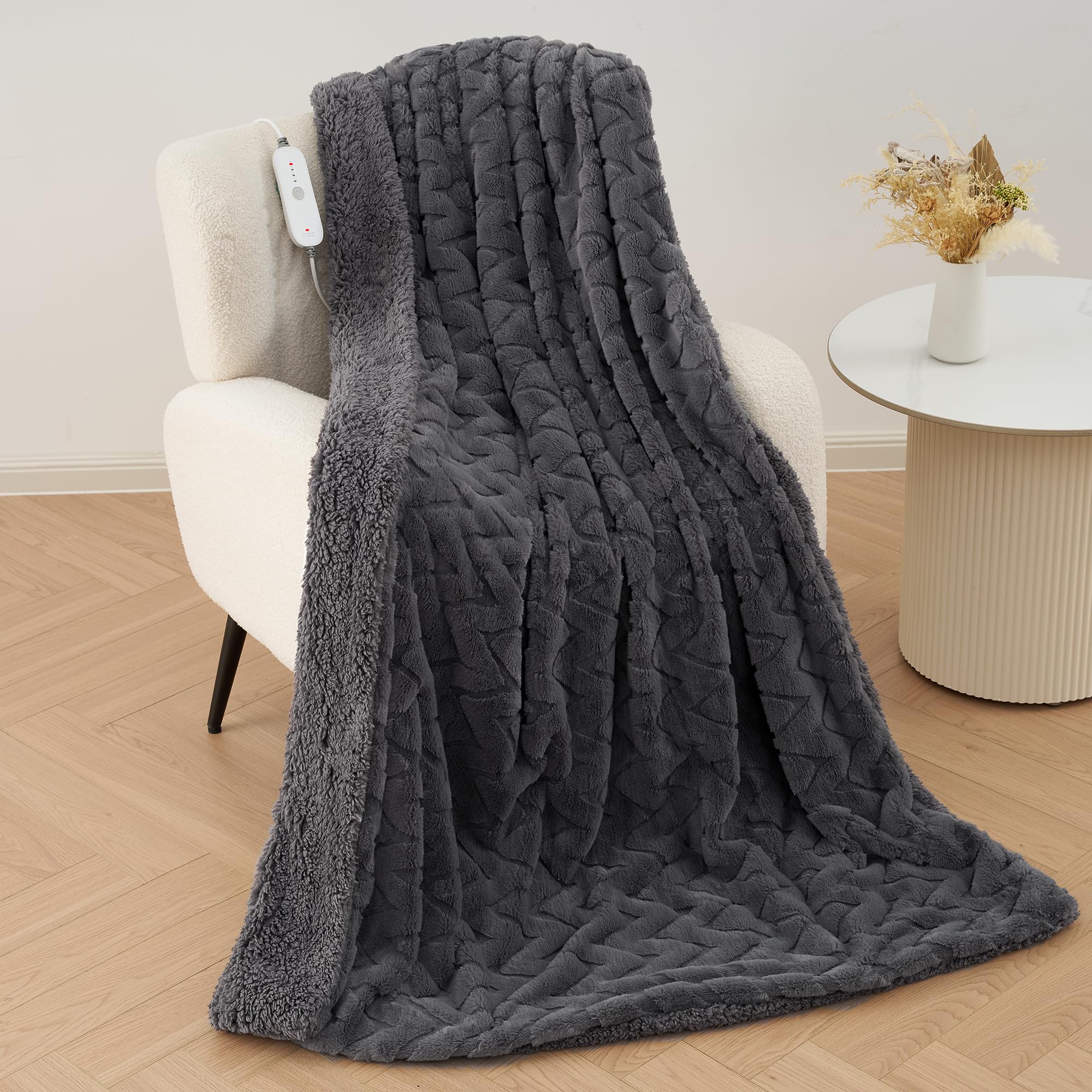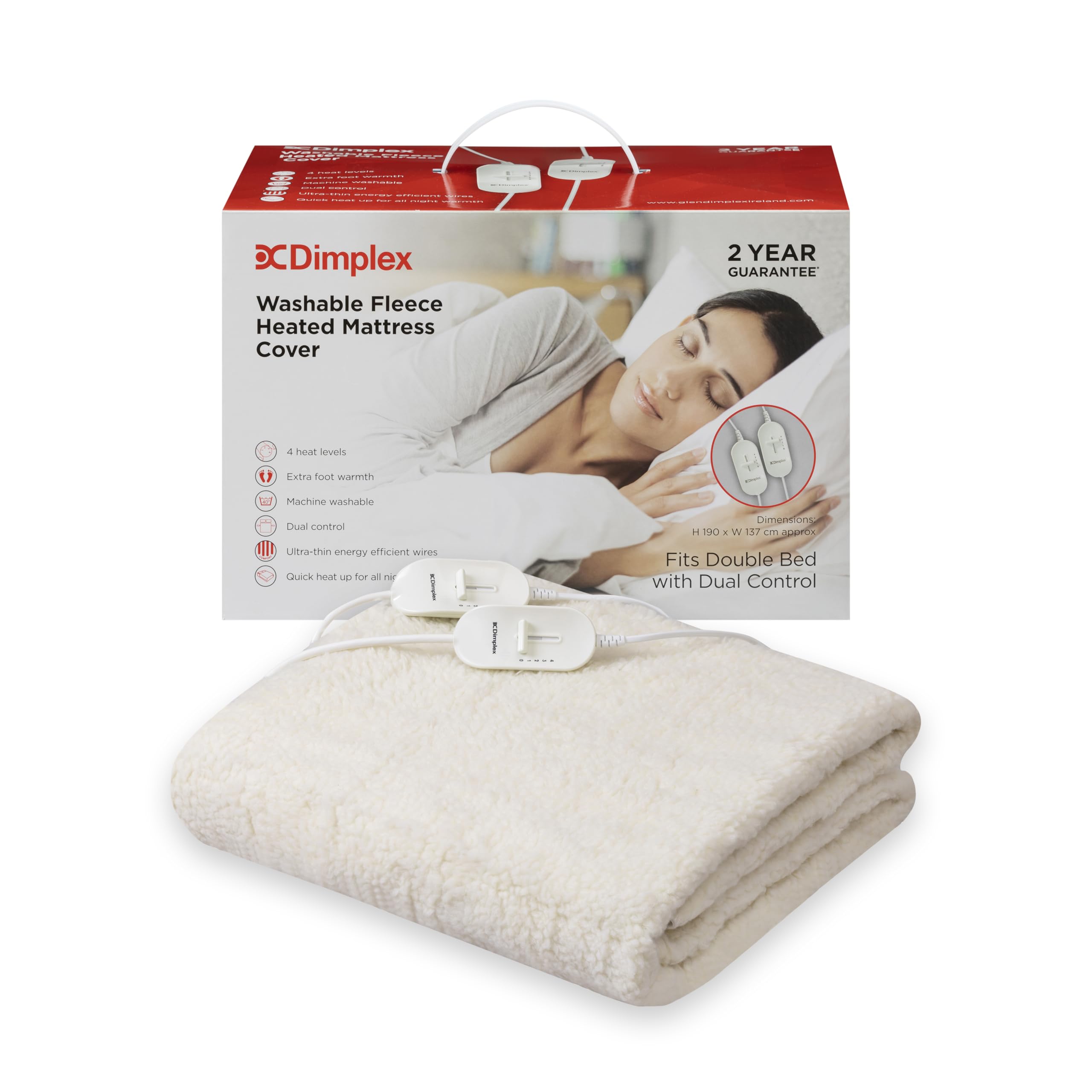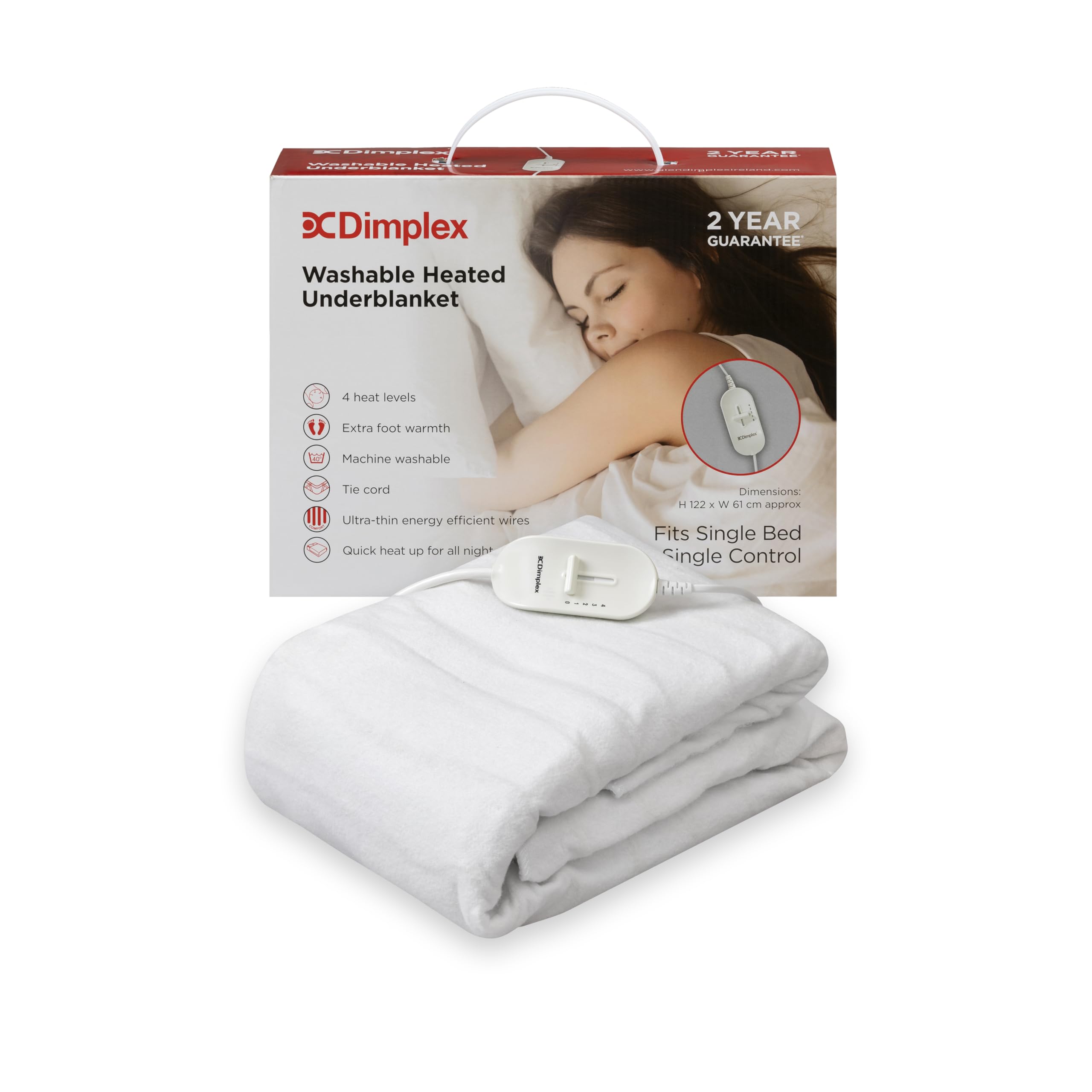Memory foam responds to body heat and pressure, which is why it cushions your shoulders and hips. Add heat in the wrong way and that contouring can change more than you expect. This guide explains how to use electric blankets with foam mattresses safely, when to choose a different warming method, and how to stay comfortable without affecting support or warranties.
Targeted bed warmth comes from electric blankets with clear timers.
Manufacturer guidance and warranties
Always start with the care booklet that came with your mattress. Many UK foam and hybrid brands either advise low settings only or prefer you avoid underblankets that sit directly on the foam. Excess heat can soften foam and may be flagged as misuse in a warranty. If guidance is unclear, contact the brand with your model name and ask about recommended temperature ranges and safe products.
How heat affects foam performance
Memory foam is temperature sensitive. Warm foam becomes more pliable, which can feel plush at first, but if the surface warms unevenly it can also reduce support under heavier areas. A mild pre-heat that takes the chill off bedding is usually fine. Constant high heat pressed against the foam is not ideal, especially with older or very soft formulations.
Safer ways to pre-warm your bed
If your mattress brand discourages underblankets, you still have options. The simplest is to use a gentle pre-heat for 15 to 30 minutes, then switch off before you get in. Another option is to use a heated throw above your duvet while you read, then remove or turn it off before sleeping. Because the heat is not in direct contact with the foam, the mattress stays closer to room temperature while you remain comfortable.
Underblanket alternatives that protect comfort
Some readers prefer a warmer surface right under the sheets. If your brand allows it on low, pair the underblanket with breathable bedding so you can use the lowest comfortable setting. Cotton percale sheets and a season-appropriate duvet will reduce the need for higher levels. A timer helps you limit overall heat exposure without sacrificing comfort.
Choosing the right product
Look for models with precise low settings and even heat distribution. Dual-control underblankets can keep one side slightly warmer while the other remains cooler, which is useful if only one person needs extra warmth. When in doubt, consider a throw for flexible warmth over the top of the bed rather than heat pressed against the foam.
Care tips that extend mattress life
Keep the mattress well ventilated. Use a breathable protector that does not trap heat and moisture. Rotate the mattress if the brand allows it, and air the bed in the morning by folding the duvet back for 20 minutes. Small habits keep the surface dry and responsive, so your foam retains its feel over time.
When a heated throw is the smarter choice
For foam beds, a heated throw is often the easiest balance of warmth and safety. You can enjoy a cosy reading hour, then turn the throw off and sleep at a neutral bed temperature that keeps foam support consistent. Throws also move to the sofa or guest room, so you get more use for your spend.
Low, even heat with simple timers is common in electric blankets suited to modern mattresses. For flexible warmth above the covers, many readers use heated throws for bed and sofa.
FAQs
Can heat damage memory foam?
Short, gentle pre-heating usually does not harm foam. Prolonged high heat pressed against the foam is best avoided. Follow your mattress brand’s guidance and use the lowest effective setting.
Is a heated throw safe to use with a foam mattress?
Yes, a throw above the duvet warms you rather than the mattress. It is a practical choice for foam beds when used according to the product’s instructions.
Will an electric blanket void my mattress warranty?
It depends on the brand. Many allow low settings and timed use, while some advise against underblankets on foam. Check the warranty booklet or contact customer care for a written answer.
What bedding works best with low heat?
Breathable sheets and a suitable duvet tog help you stay comfortable on low settings. Cotton percale or similar crisp weaves often feel cooler and drier than heavy knits.





